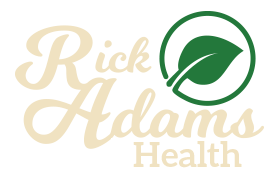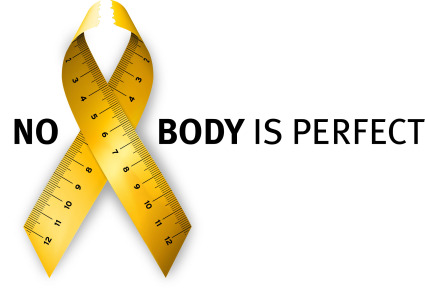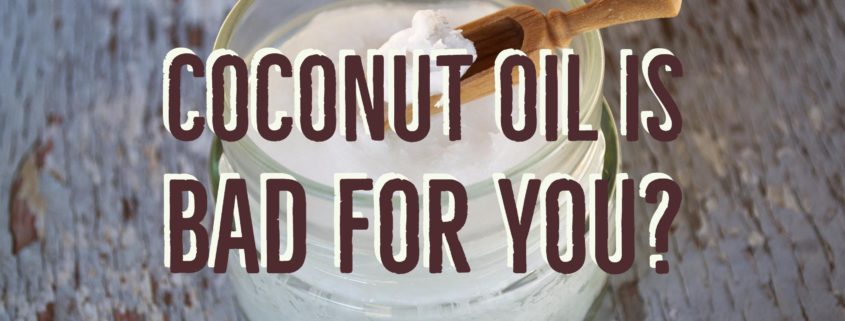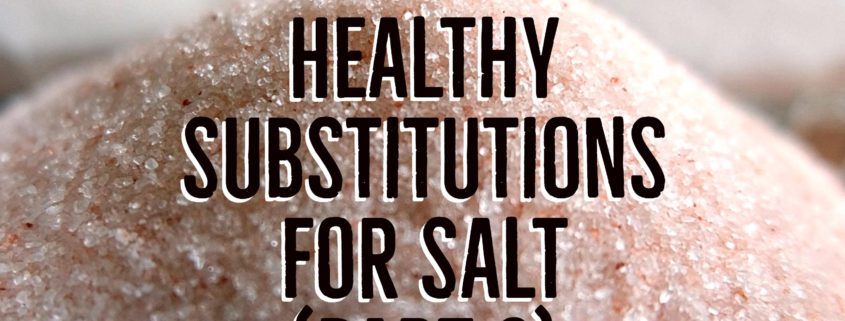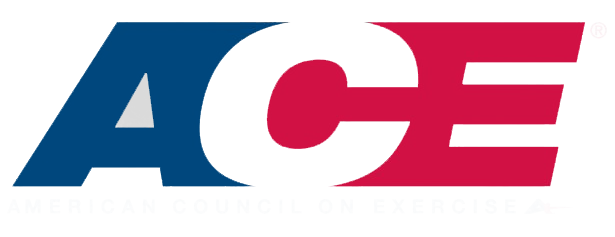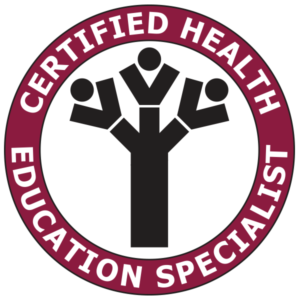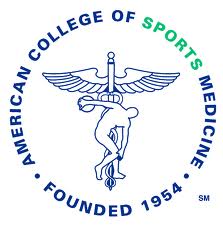To Eat or Not to Eat…That Used To Be The Question
I was the girl who was never afraid of food till high school hit. Till it hit me so hard in the face, if I wanted to be like everyone else, I must look like everyone else. By everyone else I mean the popular girls. You know the blonde, 110 pounds (or under), wearing several coats of mascara, type of gal. In order to fit in to this genre, I began to learn my first diet, started to grow out my bangs, get rid of my spare tire around the middle, and learn to put on some Cover Girl. High school is where my eating disorder and negative body image began….
Grab the calculator, grab the scale, grab the fat free cheese, make sure it’s fat free. Grab the frozen veggies, only measure out 1 serving. No butter. No seasoning. Just steam them. It’s WAY better this way. Let’s see…there’s 30 calories in 1 piece of fat free cheese, 30 calories in my broccoli, this chicken breast says 180. Is that accurate? Gosh I hope so. My meal adds up to be…240 calories. Perfect! No more. No less. Now time to exercise. Let’s go downstairs and walk on the treadmill and AT LEAST burn my calories off from dinner.
These are some of the things that would go through my head when I would start to eat. It’s a tid-bit of my 10-year battle of dealing with an eating disorder. Constantly crunching numbers, weighing out my portions, and being obsessive about exercise. Always worrying about my food, often times not eating for a couple days, weighing myself constantly, and feeling angry/exhausted with the world. I’d even hide food under the bed, at least till my parents went to sleep to make them think I’d ate dinner. I scrape it out in the garbage, cover it up, and go back to bed. Wearing a size zero was all that was on my mind.
Do you know anyone like this? Eating disorders are not joke. They cause you to fear food, have low self-esteem, become obsessive, just to name a few side-effects…For this post, I wanted to share with you a bit of my own experience dealing with an eating disorder because I know what those lonely nights, dark days, constantly exercising, and compulsive thoughts feel like. But overcoming an eating disorder is possible. I’ve been recovered for 4 years going strong, and know it’s totally possible for you to recover too!
Kayla Douthitt
Kayla Douthitt, health coach and owner of Wisdom ‘N Wellness, is a 4-year recovered anorexia and binge eating survivor. She now helps women suffering from negative body image/self-esteem find their way through intuitive eating and holistic health practices. Her health coaching style is private, one on one phone calls, and full of gratitude. She believes strongly in healing from the inside out.
Kayla offers a FREE 1-hour Self-Love Discovery Call for those interested in starting their journey and #ForRealzFriday newsletter to get a weekly dose of inspiration.
For more info on Kayla’s health coaching services check out her website here, and give her a like on Facebook and Instagram.
